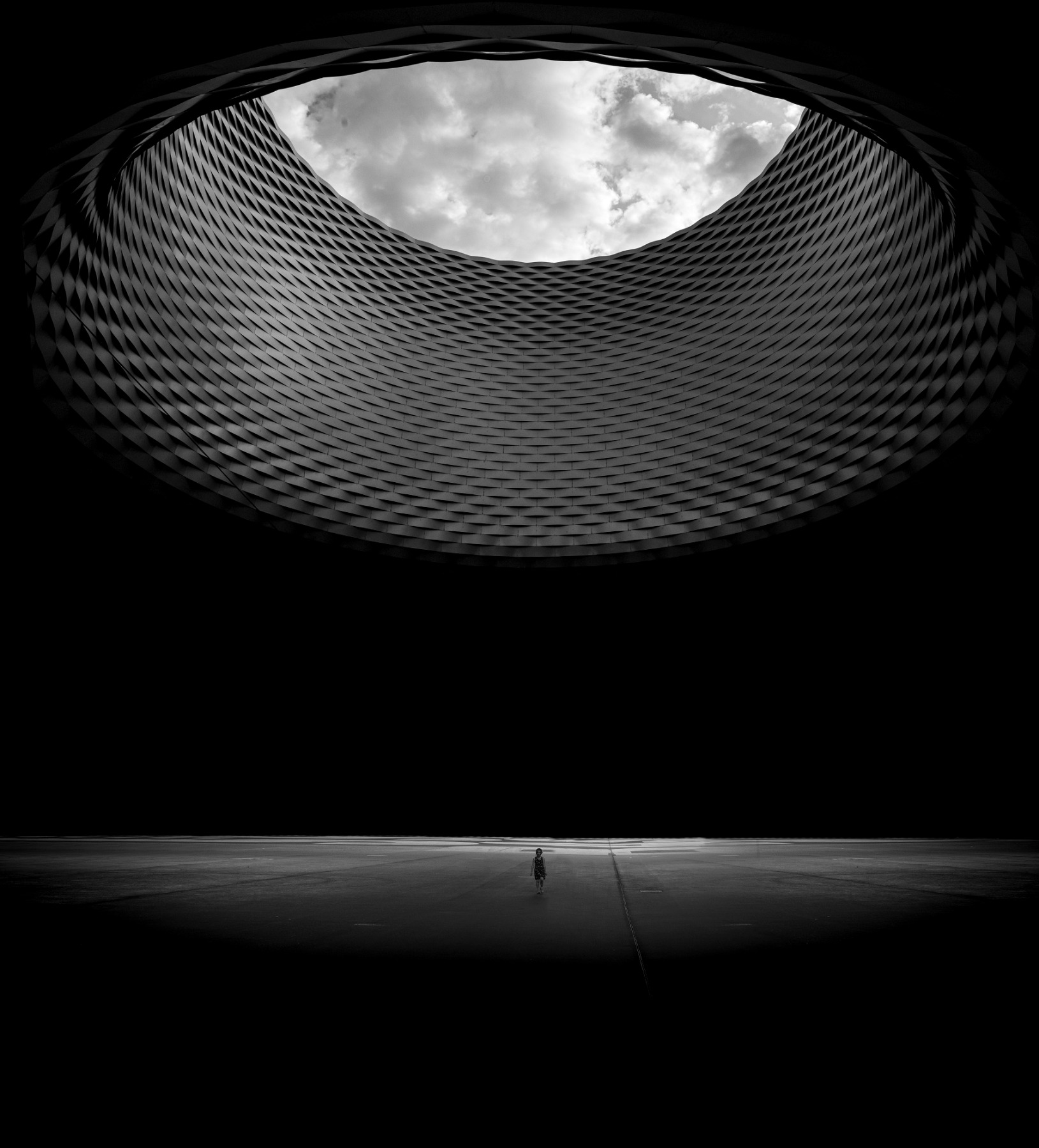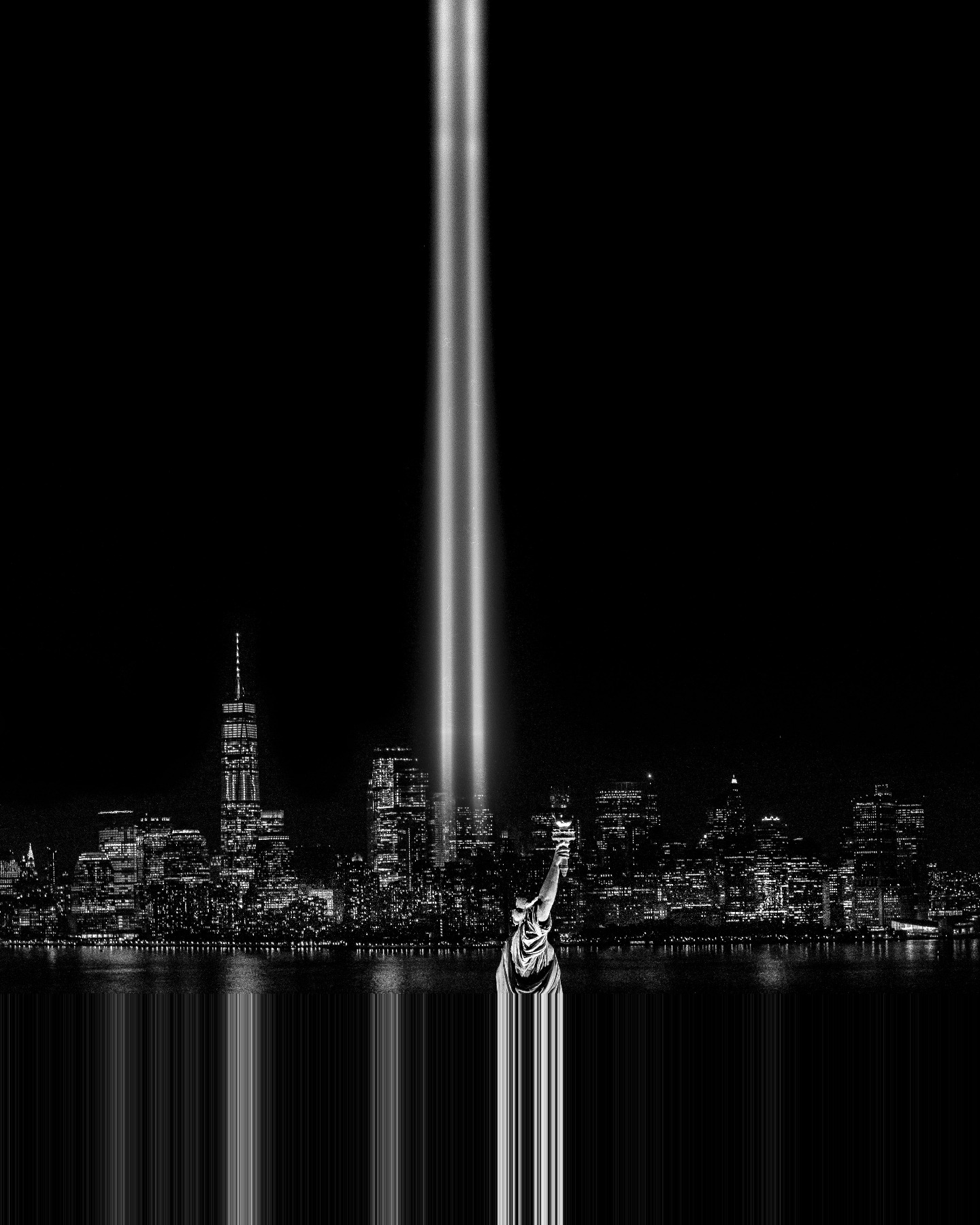Black and white still life photography: studio tips
In the early days of photography, before color was an option, black and white images stood alone to convey the power of shapes, texture, faces, scenes — and a full story through imagery. Today, opting for black and white can be a powerful tool to create mystery and intrigue and build beautiful visuals that stand alone — no color necessary.
Black and white photos are characterized by tones from white through black and shades of grey without any color information added. In a world full of color, you might want to opt for black and white, especially for still life photography or if you are just learning your craft. Seeing composition in black and white is a skill that you can develop, using gear like lighting supports, tripods, and a studio setup. If you want to venture into the world of black and white aesthetic still life photography in the studio, here are some tips to help you get started including recommended equipment, techniques, and subjects that might shine through black and white photography.
When should you shoot black and white still life photography
While any subject can become a powerful image through black and white photography, there are some camera subjects that are extremely effective for this photographic style.
One to consider, which can be especially appealing, is still life flower photography. Floral and foliage subjects make compelling black and white images because of their pronounced patterns and textures, particularly when there is repetition, like with flower petals.
Architectural elements can also create intriguing pieces that inspire people to look at a subject more deeply. Keep in mind that you may want to avoid black and white, and instead use color for subjects like food photography, where hues are needed to whet a viewer’s appetite.
When you are just starting out with film photography or are learning composition and shooting techniques, working with black and white can help you focus on your skills rather than adding elements of color before you have the basics down. Black and white can work for landscapes, outdoor scenes, and in the studio, where you can control still life lighting and composition.




What makes good black and white still life photography?
The elements of good black and white photography follow some of the same rules as color photography, with fewer variables to consider. Like a color image, a strong black and white image has a carefully considered composition, texture, shadows, contrast, and lighting. If you are a beginner, a controlled studio space can be an environment to experiment, especially in modern still life photography, which follows the timeless art of still life, but with a contemporary twist.
The first rule to get started in contemporary still life photography is that there are no rules. Objects can be combined to create new forms and shapes, plants can be placed along with found objects, textures can be layered, and areas of shadows and light can create depth.
Commercial still life photography equipment
When working in still life photography, you might want to consider camera tripods, perfect to stabilize the shot and to ensure a completely still subject. The advantage of a tripod is that you can focus more on capturing your composition rather than holding the camera. For example, a tripod with a 90-degree column head gives you the ability to shoot your subject quickly in many different ways. The tripod that’s right for you will depend on whether you have a studio space or are working with a portable set up, but either way, a tripod is a must have for good black and white still life photography. In general, what you will need is a professional commercial photography equipment.
Black and white still life lighting
Aside from a tripod, you’ll want to consider your lighting to take your black and white still life photography to the next level. The options for lighting studio equipment are endless, however if you are getting started you can focus on some of the key components of still life photography lighting.
You can use lighting to create high- or low-contrast images, with very dark shadows, or decide to have less or more detail in your highlights. In the studio, using multiple light sources can be a useful tool for creative still life photography. Some options to consider are flash or continuous electric light. A multipurpose LED light is an essential tool that you can carry with you to attach on to your camera, or to a mount. The advantage of artificial light is that you can move it around and direct it to different parts of your subject and also control its brightness. Working near a large window or a door will also provide light for your still life in studio, but the disadvantage is that you cannot move it around as with artificial lighting.
Reflectors in white or silver are another resource to change the lighting onto your subject, while flags in flat pieces of card or cardboard prevent light reflections and can help you control light emitted from lamps or natural light.




Black and white still life photography studio
Your photography studio setup can start out simple and then become more complex as you get more involved with your projects. You might store still life objects in your studio along with the camera equipment and the still life tables and posing accessories needed for various compositions. With a camera and lenses, tripod, lighting, and options for backdrops and reflectors or flags, you can have everything you need to get started with your still life studio.
As you develop your style, the tools that you add to your setup are likely to expand, with more lighting options and stands for those lights. The key is to get creative and to give yourself several possibilities for lighting and composition. Remember that your studio doesn’t have to be large or even permanent to create powerful black and white still life photography images. A portable studio that is only set up while you are shooting images can be all that you need to be on your way.


























